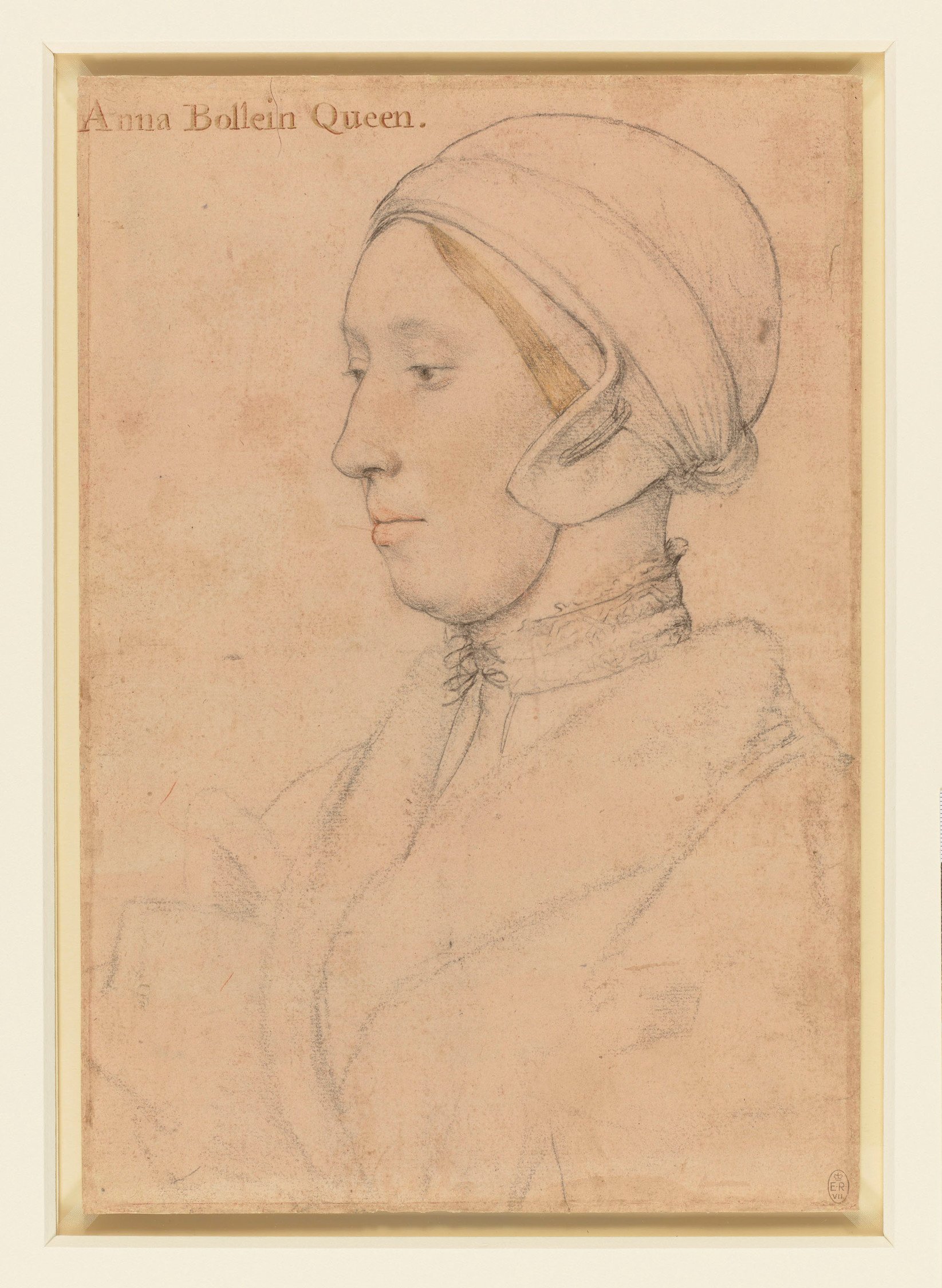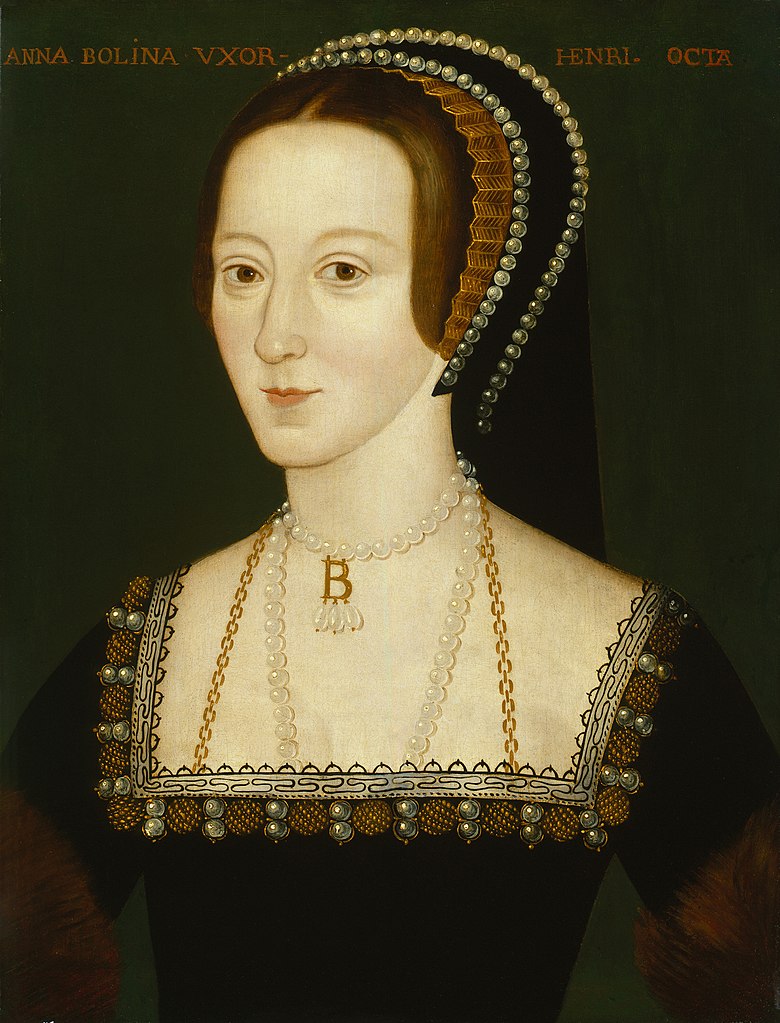June 1, 2023. ON THIS DAY.
Anne Boleyn, the second wife of King Henry VIII of England, left an indelible mark on history despite her short life. From the time she ascended to the throne on this date, June 1st, in 1533 until the time of her execution in 1536, Anne Boleyn made significant contributions to the arts and culture of the Elizabethan court.
Anne Boleyn was raised in a society that prized education and cultural sophistication. She attended school in France and the Netherlands, where she was exposed to the principles of the Renaissance movement, which placed a strong emphasis on humanism, literature, and the arts. When Anne returned to England, King Henry VIII became interested in her. As a result of their turbulent courting, Anne was made queen in 1533.
When she became queen, Anne Boleyn infused the court with a new spirit of intellectual curiosity. She avidly supported the theories and creative output of Renaissance thinkers and creators, which helped spark a cultural renaissance in England. The dissemination of Renaissance ideas and the promotion of a greater appreciation for humanism, literature, and the arts were both greatly aided by Anne’s influence.

Courtesy: Royal Collection Trust
Despite the fact that Anne herself was not an artist, her position as queen served as the inspiration for a large number of portraits and creative depictions that captured the social and political climate of the age. Her portrait had been painted by court painters such as Lucas Horenbout, Hans Holbein the Younger, and others. These pictures served as visual records and tools that represented Anne’s significance and power as queen, frequently emphasising her beauty, elegance, and regal rank. The “Anne Boleyn Portrait Miniature,” the most well-known portrait credited to Hans Holbein the Younger, perfectly captures her alluring presence and enduring style. This picture of Anne, along with previous representations of her, portrayed her as a stylish and sophisticated monarch, exhibiting intricately crafted garments and headdresses that had an impact on modern fashion trends.
It’s important to note, though, that after her execution, Anne Boleyn’s representation in art experienced considerable alterations. Official portraits of Anne were removed or destroyed after she was executed in 1536, and her image was purposefully eliminated from the visual record. The era’s use of art as a tool for political subversion and propaganda is demonstrated by this act of erasing and repression.





